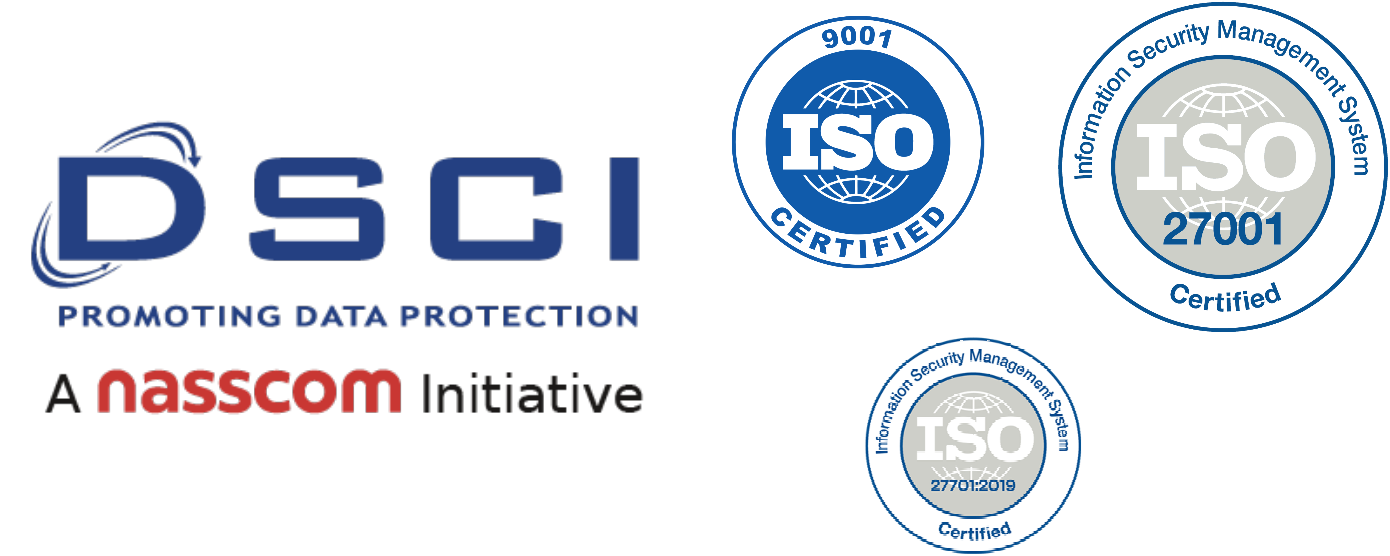Step 1 - Embrace ISO 27001 and ISO 27002
Step 2 - Launch the Project and Build the Team
Step 3 - Conduct Gap Analysis
Step 4 - Scope the ISMS
Step 5 - Develop High-Level Policies and Documentation
Step 6 - Undertake a Risk Assessment
Step 7 - Implement and Apply Controls
Step 8 - Formulate Risk Documentation:
Step 9 - Conduct Staff Awareness Training
Step 10 - Perform Internal Audits and Reviews
Step 11 - Pursue Certification Audit
Step 1 - Embrace ISO 27001 and ISO 27002
Step 1 – Embrace ISO 27001 and ISO 27002
Familiarize yourself with the ISO standards,
including ISO/IEC 27001:2022, ISO/IEC 27002:2022, and ISO 27000:2018, to understand their
essential requirements and leverage their benefits.
Step 2 - Launch the Project and Build the Team
Step 2 – Launch the Project and Build the Team
Appoint a competent project leader, conduct
information-gathering exercises, review objectives, develop a comprehensive project plan, and create a risk register.
Step 3 - Conduct Gap Analysis
Step 3 – Conduct Gap Analysis
Identify gaps between your organization’s current state and
ISO 27001 requirements, determine the necessary steps to achieve compliance, and develop
an action plan.
Step 4 - Scope the ISMS
Step 4 – Scope the ISMS
Define the boundaries of your information security management
system (ISMS), determine the scope of the assets to be protected, and strike a balance
between comprehensive protection and efficiency.
Step 5 - Develop High-Level Policies and Documentation
Step 5 – Develop High-Level Policies and Documentation
Develop policies that establish roles, responsibilities, and rules for continuous improvement and create documentation to
increase awareness of the ISMS project within the organization.
Step 6 - Undertake a Risk Assessment
Step 6 – Undertake a Risk Assessment
Establish a risk management framework, identify,
analyze, and evaluate risks, select the most appropriate risk treatment options, and assess the
necessity and cost-effectiveness of existing controls.
Step 7 - Implement and Apply Controls
Step 7 – Implement and Apply Controls
Apply controls to manage and mitigate identified
risks, ensuring alignment with ISO 27001’s best practices listed in Annex A. Document the
implementation process for future reference.
Step 8 - Formulate Risk Documentation:
Step 8 – Formulate Risk Documentation:
Create key risk documents such as the Risk
Treatment Plan (RTP) and Statement of Applicability (SoA). The RTP outlines the steps to
address identified risks, while the SoA details the inclusion or exclusion of controls based on
ISO 27001 requirements.
Step 9 - Conduct Staff Awareness Training
Step 9 – Conduct Staff Awareness Training
Conduct regular training sessions to enhance staff
awareness of information security issues and the objectives of the ISMS. Empower employees
to become a resilient defense against potential human errors.
Step 10 - Perform Internal Audits and Reviews
Step 10 – Perform Internal Audits and Reviews
Regularly assess and review the effectiveness
of controls, incident response plans, and overall ISMS performance through internal audits.
Top management should review the system’s performance at least once a year.
Step 11 - Pursue Certification Audit
Step 11 – Pursue Certification Audit
Opt for a certification audit with a reputable certification
body accredited by a recognized national accreditation authority and the International
Accreditation Forum. The certification body will evaluate your management system
documentation, verify control implementation, and conduct on-site audits to validate
procedural effectiveness.









